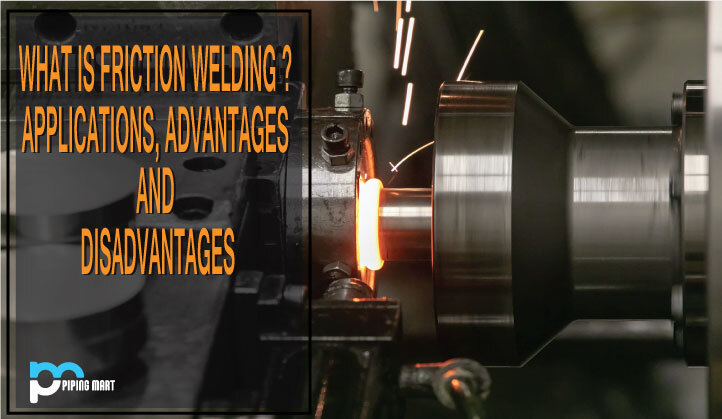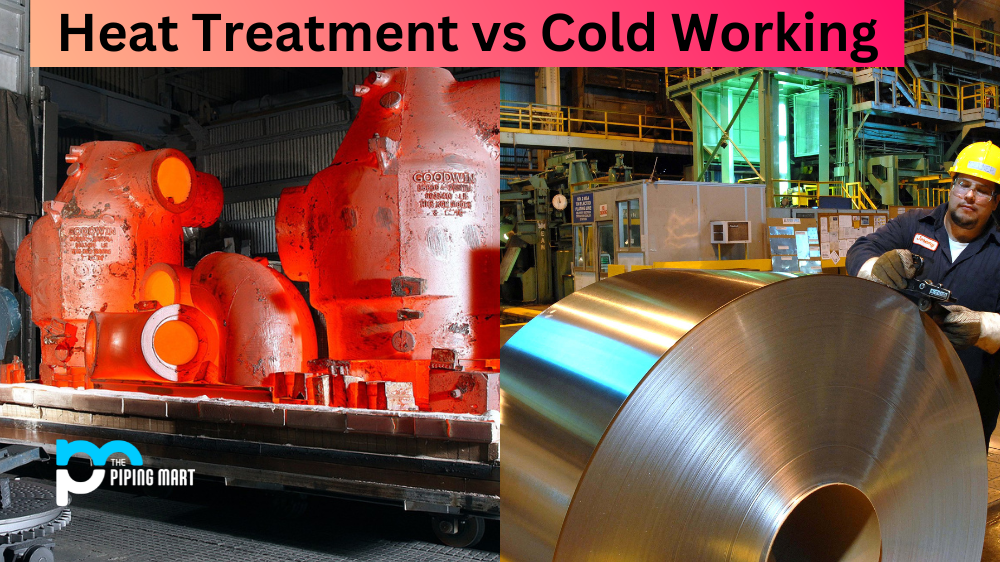CNC engraving is a popular manufacturing technique used to produce precise designs on various materials. It involves using a computer-controlled cutting tool to carve shapes into the desired material. This method can be used for a variety of purposes, from producing intricate artwork to creating industrial parts. But what are the advantages and disadvantages of CNC engraving? Let’s take a look.
Advantages of CNC Engraving
One of the main advantages of CNC engraving is that it offers incredibly precise results. When compared with manual engraving, CNC machines can produce much more accurate designs with higher levels of detail. Additionally, the process is extremely efficient and can handle large batches quickly and easily. This makes it perfect for mass production runs where precision and speed are key requirements. Finally, since all design parameters are entered digitally, there is no need for manual intervention throughout the entire process, resulting in fewer chances for human error.
Increased accuracy
One of the primary advantages of CNC engraving is that it is much more accurate than traditional engraving methods. This is because the machine is controlled by a computer, which can execute very precise movements. This increased accuracy means that CNC engraving can be used to create much more detailed and intricate designs than other methods.
Increased speed
Another advantage of CNC engraving is that it is much faster than traditional engraving methods. This is because the machine can execute multiple movements at the same time, which greatly reduces the overall time required to complete a project.
Reduced waste
CNC engraving also results in less waste than traditional engraving methods. This is because the machine only removes the material that is necessary to create the desired design, rather than removing large amounts of material as with other methods.
Increased durability
CNC engraving also produces more durable results than traditional engraving methods. This is because the material is removed more precisely, which leaves a smoother and stronger surface. Additionally, CNC engraving is less likely to cause warping or other damage to the material being engraved.
Greater flexibility
CNC engraving also offers greater flexibility than traditional engraving methods. This is because the machine can be programmed to create virtually any design imaginable, regardless of its complexity. Additionally, CNC engraving can be used on a variety of different materials, including metals, plastics, and wood.
Disadvantages of CNC Engraving
The main disadvantage associated with CNC engraving is the cost involved in purchasing the equipment and software required to use it. This type of machine is usually very expensive and requires specialized expertise to operate properly. Furthermore, there may be additional costs associated with maintenance and repairs over time, making it an expensive investment for small businesses or individual craftsmen who don’t have access to larger manufacturing budgets. Another potential issue is that some materials may not respond well to being cut by a high-powered laser beam or may even be too hard for the machine itself to handle properly, resulting in low-quality results or damage to both the material and the machine itself.
High Initial Cost
One of the biggest disadvantages of CNC engraving is the high initial cost. A CNC machine can cost anywhere from a few thousand dollars to tens of thousands of dollars, making it a significant investment for most businesses. Additionally, CNC machines require ongoing maintenance and repairs, which can add to the overall cost of ownership.
Limited Materials Compatibility
Another downside of CNC engraving is that it is only compatible with certain materials. Metals such as aluminium, brass, and steel are among the most commonly engraved materials, but even then, there are limitations in terms of the thickness and type of metal that can be used. Softer materials such as wood and plastic can also be engraved, but again, there are limitations in terms of the thickness and type of material that can be used.
Requires Specialized Training
Operating a CNC machine requires specialized training and knowledge. Most CNC machines come with software that must be learned to operate the machine, which can take some time to master. In addition, many businesses outsource their CNC engraving needs to specialists with the necessary training and experience.
Time-Consuming Process
CNC engraving is time-consuming, particularly when compared to traditional methods such as hand engraving. This is due to the fact that each design must be programmed into the machine before it can be engraved, which can take some time, depending on the complexity of the design. In addition, CNC engraving typically requires multiple passes over the material being engraved in order to create a high-quality finish.
Limited Design Flexibility
Another disadvantage of CNC engraving is that it offers limited design flexibility when compared to other methods, such as hand engraving or laser engraving. This is because CNC machines are only able to create designs that are programmed into them; they cannot create custom designs on the fly like other methods can
Conclusion:
CNC engraving can be an incredibly useful tool for producing precise designs on various materials quickly and efficiently. However, this type of manufacturing process does come with some drawbacks, such as cost and potential damage to materials or tools if used improperly. If you’re considering investing in a CNC engraver, make sure that you weigh up all your options carefully so that you can make an informed decision about whether this type of technology will suit your needs. With proper training and experience, you can get great results from this powerful tool!

A passionate metal industry expert and blogger. With over 5 years of experience in the field, Palak brings a wealth of knowledge and insight to her writing. Whether discussing the latest trends in the metal industry or sharing tips, she is dedicated to helping others succeed in the metal industry.




